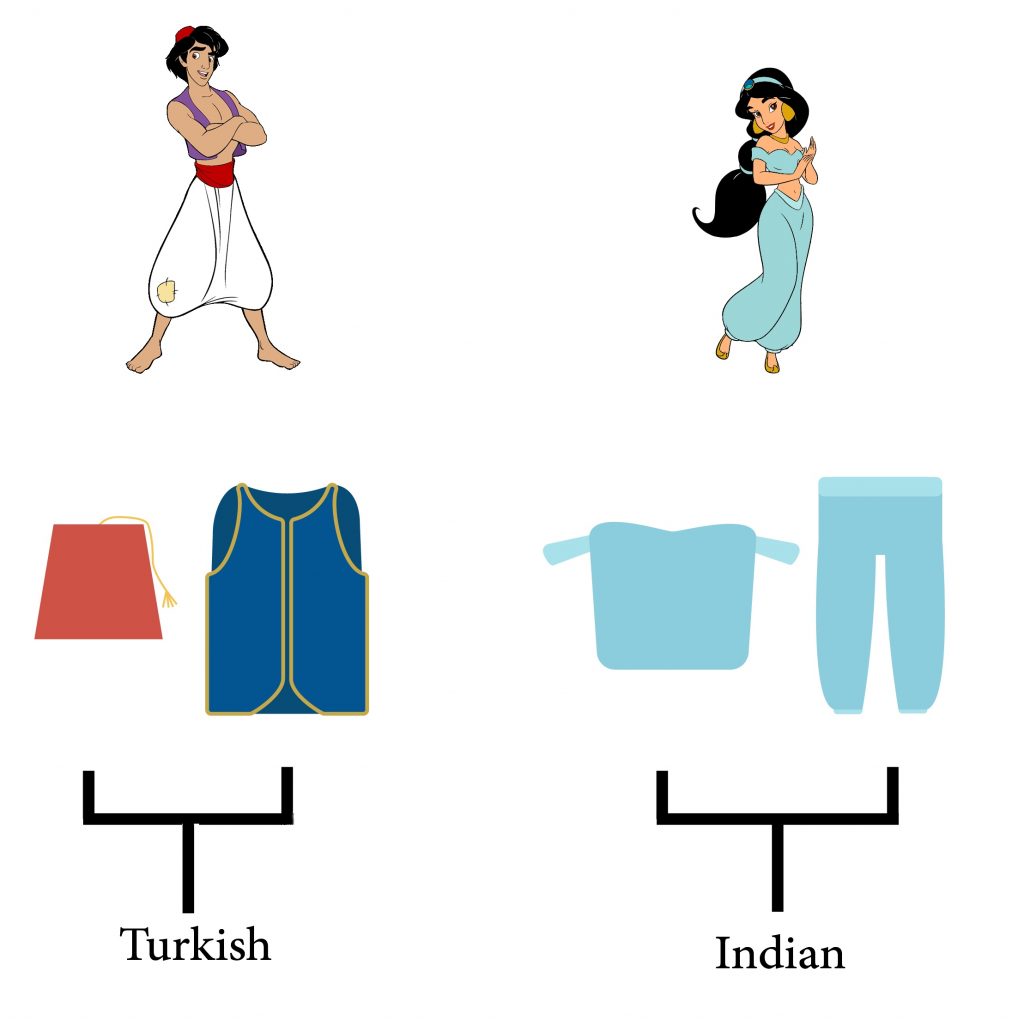What are the aspects of Orientalism that are found in Disney’s movies like Aladdin (1992) and Mulan (1998), and what is the importance of cultural relativism?

Watching movies is a form of entertainment, but when you become more aware of certain topics, you inevitably find yourself reading into more than what you see on the screen. Movies are cultural products, and therefore, they contain a culture’s perceptions, values, and beliefs. In this article, we will be looking at aspects of Orientalism found in Disney movies, specifically in Aladdin (1992) and Mulan (1998).
Orientalism can mean several meanings, but for the sake of this article, Orientalism will be defined as the representation of the East (Asia, the Middle East, and North Africa) in a stereotypical manner. This results in the exaggeration of the differences between the so-called “Orientals” and the Western societies, leading to a “self vs. other” mode of thought. The term Orientalism was given a new meaning by Edward Said in his book Orientalism (1978) and has become an important topic of discussion in academia since then.
Aladdin, an animation movie produced by Disney in 1992, is set in a mythical town called Agrabah, meaning scorpion in Arabic. In the movie’s original opening song “Arabian Nights”, Agrabah is described as a land “where they cut off your ear if they don’t like your face, it’s barbaric, but hey, it’s home.” These lyrics were later changed due to the outrage they caused since they were seen as racist by the audience. Despite the setting being mythical, there are Middle Eastern, Islamic, and Asian aspects mixed up within the movie. The king, Jasmine’s father, is at times called Sultan (Arabic) and at others Shah (Iranian). Aladdin wears a Fez (Turkish) and Jasmine wears Indian-style shoes. Belly dancers are seen dancing with red marks on their foreheads (Hindu) and terms like “Salam” and “Allah forbids” (Arabic/Islamic) are used. What a crazy and irrelevant mixture, don’t you agree?
Through these representations, Orientals are depicted as barbaric (Aladdin almost get’s his arm chopped off for stealing), sensual (belly dancers & revealing clothing), yet exotic and enticing. Interestingly, one can argue that the Genie’s character represents the West through his foreign jokes, impersonations of foreign characters e.g. A Frenchman or an American announcer. Genie makes fun of Aladdin but helps him, making Genie into the figure of a Western “rescuer”, where Western influence is seen as beneficial for the “barbaric” (Aladdin) from their strange and dangerous ways.
In Mulan, another animation movie produced by Disney in 1998, Mulan’s character can be interpreted as Western, she feels like she does not belong in the traditional Chinese society, which is shown through her decision to dress as a man and fight against the Huns instead of her aging father. As a man, everyone pays attention to Mulan, or Ping as she calls herself; she becomes a hero when she saves her fellow soldiers. But as a woman, no one pays much attention to her even when she tries to warn some men of the plan to attack the emperor, no one listens to her, because as Mushu (her friend?) tells her “you’re a girl again, remember?” In this manner, gender roles in Asia are made to seem wrong instead of different, which is a recurring theme in the study of Orientalism.
Also, Mulan is shown wearing a Kimono in one of the scenes, which is Japanese and not Chinese. This could serve as a classic example of the Western generalizations of Asian cultures. The scene of the dead ancestors may also show elements of Western disregard of Eastern cultures, since the veneration of ancestors is a crucial part of Chinese culture, but Disney showed it as a strange and mystical way.
I am not trying to state that Disney is evil for making such movies, however, what I want to bring to your attention is that it is important to be culturally relative and not be ethnocentric. When you are ethnocentric, you see other cultures and people using your own cultural framework. This distorts your perception of other cultures and may cause you to misunderstand or to disrespect cultures that are different from your own. Therefore, movies are for entertainment, but they are also educational, they shape our perception of people, places, and events. Think of all those children who watched Aladdin or Mulan repeatedly through their childhood, what perceptions will be engrained in their minds?



